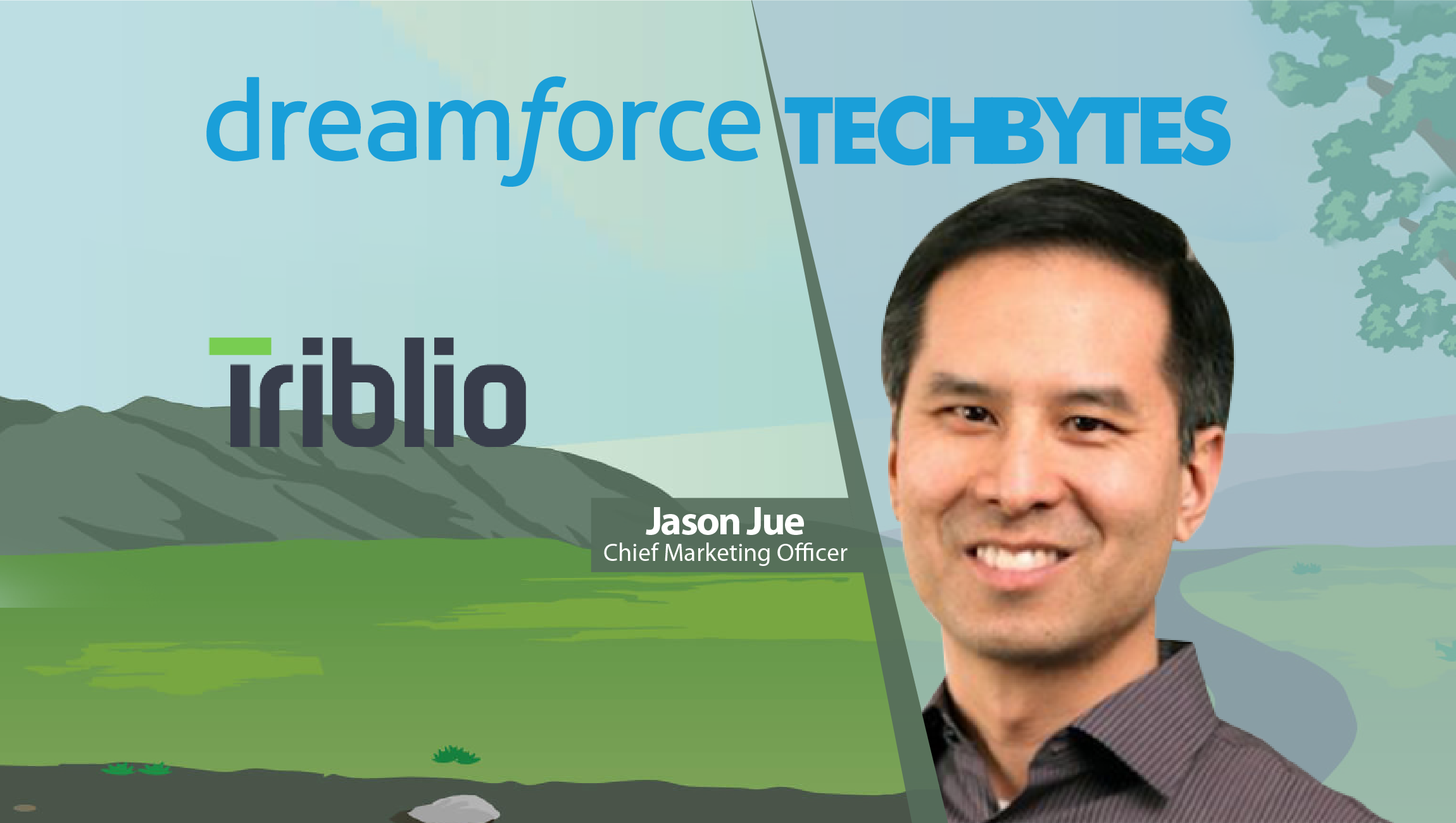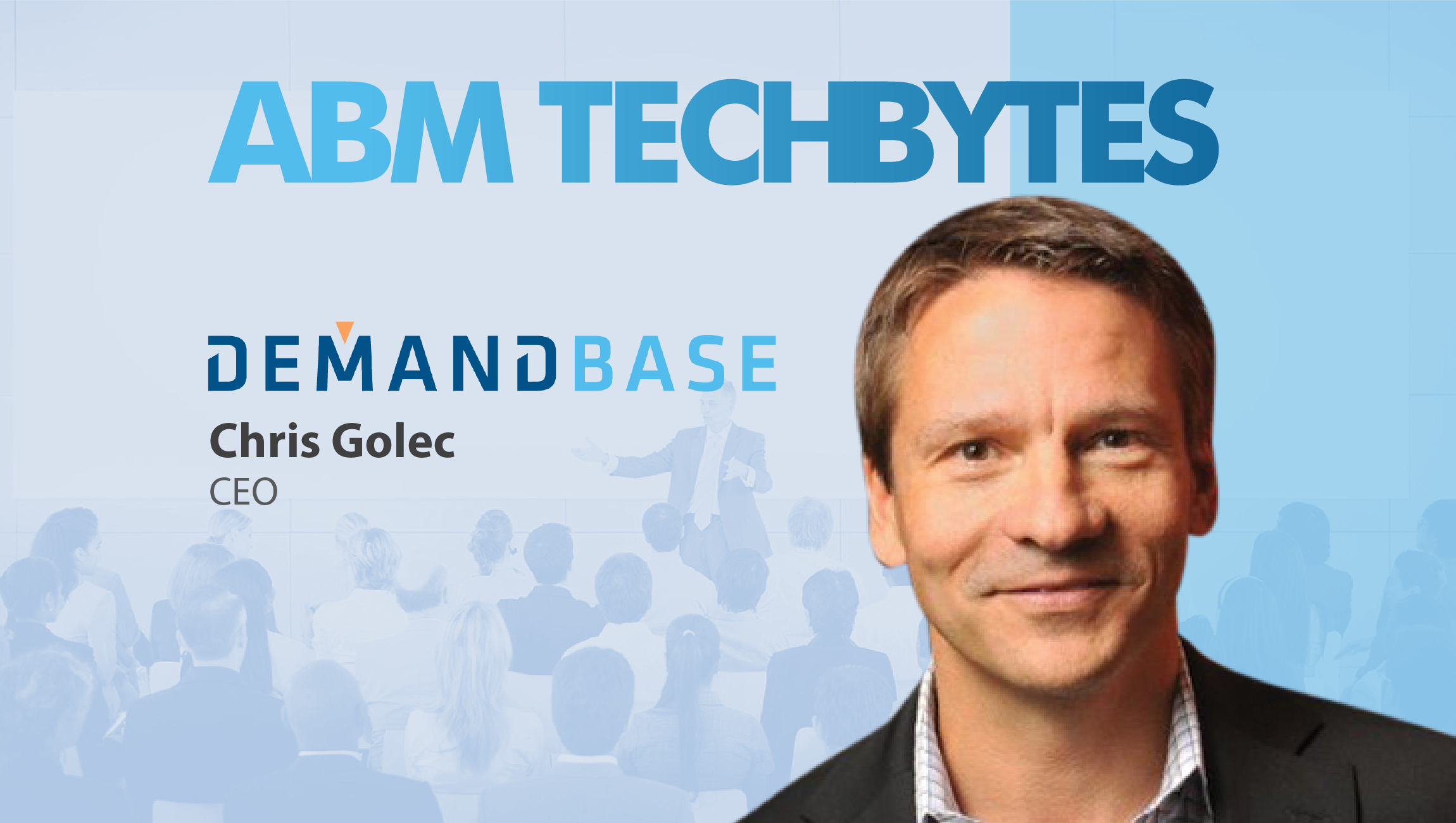On Marketing Technology
MTS: Tell us about your role and how you got here. What inspired you to be part of a CRM company?
I’m the CEO of Highrise, a CRM tool that offers the simplest solution for tracking leads and managing follow-ups. We serve tens of thousands of customers worldwide, helping people follow up on their relationships rather than just work through a sales pipeline. Highrise supports sales, marketing, help desk efforts and more.
Highrise is a tool that 37signals, the makers of Basecamp, created and launched in 2007, then spun-off as its own company in 2014. When the founders of Basecamp asked me to lead Highrise and create a team to run it, I accepted the challenge because Highrise has been part of my toolset for years. I also had a ton of ideas on how to keep building and improving the simplest solution out there, which already had a passionate user base.
MTS: How should marketers leverage behavioral data and location analytics to hyperpersonalize email marketing?
For starters, don’t send the same email to everyone. The needs of someone who is in the process of setting up a Highrise account are different from the needs of someone being invited to participate in a Highrise account. That’s why we send different welcome messages.
However, I think the whole hyperpersonalized message is a bit overhyped. What’s more important is actually trying to make messages more “personal.” Most of us can smell how email is so robotic now, and we can spot the email templates from a mile away. I know I’m getting it because hyperpersonalized robots decided it’s time for me to receive it.
We differentiate by personalizing those emails every single day, changing our templates to include details about that very day. I talk about things like how my weekend was and what my three-year-old is up to lately.
Our customers are crazy about the personal welcome videos we send, using a tool called Bonjoro. We can’t send everyone this type of message all the time, but we try to fit in as many as we can, and the engagement is incredible.
Also Read: Interview with Javier de la Torre, CEO, CARTO
MTS: CRM platforms are focusing on delivering customized dashboards and reporting analytics on desktop and mobile screens. How do you see this trend impacting the CRM business by 2020?
Most CRM platforms look at other CRM platforms as their competition. However, according to a report from Software Advice, almost three-quarters of buyers (72 percent) are using manual methods (and an additional 5 percent are using nothing at all) to manage their CRM. Clearly, here’s other competition. It’s Excel, email inboxes, and paper notebooks.
Customized dashboards and analytics will affect CRM in 2020 if they allow people to see the benefit of leaving Excel. Is this report any better or easier to make than the one someone’s already making in Excel? If it is, then it will continue to be a boon, but these things need to stop being eye candy and truly replace the homegrown solutions people are creating.
MTS: How should CMOs plan their automation stack to benefit from predictive analytics and intent data solutions?
CMOs need to integrate data from all teams in the organization, so these automation efforts don’t sour their customers. Unfortunately, you see automation efforts over and over that don’t include data from support systems, email marketing, CRMs or people’s inboxes.
I just experienced an automation fail with a vendor I have used for years. I received an email from a salesperson asking me to set up a phone call to introduce me to their business. I didn’t respond. Then I got another follow-up message, so I emailed back to opt out because I’m already a customer. They apologized. A week later it happened again. What? All over again? Once more, I ignored it, until I got the same follow-up again. When I looked at the email headers, I found they discovered some other random email address of mine on the internet and they added it to this list. Now, I cringe telling people about this vendor I use. I would have highly recommended them before, but their use of scraping the web and automating out their spam has left a terrible taste in my mouth.
If CMOs want to plan out their automation, they have to be careful not to invite scenarios like this into their organizations. Are you sending someone who just canceled your service an email that says, “Welcome to our product?” Are you emailing a current customer, “Can we help you with anything?” when they are already thick in a problem with your support team?
MTS: What are your thoughts on bringing True Automation in Email marketing to maximize investment opportunities?
Repetition is critical to spreading your message – and that’s where email marketing automation comes in. Automated drip campaigns can educate users, new and old, about your product. These types of messages are essential, but there are two critical factors to you should include. One, don’t make your audience guess. And two, always add explicit calls to action.
With Highrise, we send out a series of emails to new users about how to get the most out of using it. Each of the emails are different depending on what role you play in your organization or what type of account you have. But a single email isn’t going to cut it. We’ve learned repetition in that drip campaign is necessary to keep us top of mind and help users understand what Highrise can do for them. The more you can segment and truly personalize these messages, the better.
MTS: What startups in the MarTech ecosystem are you watching/keen on right now?
Heap Analytics – The tool captures everything, so we can pick out what’s important later. I’ve been incredibly happy with not having to pre-think everything to instrument for our analytics.
MTS: What tools does your marketing stack consist of in 2017? (If you don’t wish to name the vendors, you may choose to only suggest the categories you are using them for (Automation, email, video, SMS, collaboration, etc.))
Bonjoro is an interesting startup we use to send welcome videos to individual customers. You probably can’t scale that to an enormous number, but for the people who can get those videos, it’s a huge impact.
Our own product, Highrise, is also the core piece of our marketing stack. It combines our help desk, email marketing, and CRM into one product, which helps us avoid many of the pitfalls of using different products to communicate and manage communication with our customers.
Also read: Dreamforce TechBytes with Ed King, CEO, Openprise
MTS: Would you tell us about a standout digital campaign? (Who was your target audience and how did you measure success)
As I mentioned above, these welcome video messages we send have been a huge hit. I’ll let this tweet do the talking.
MTS: How do you prepare for an Artificial Intelligence-centric world as a business leader?
I have one of those Artificial Intelligence (AI) speakers at home. We’re constantly asking it for the weather, news and sports scores. But, it rarely works like I want it to. Even with things like autofill, I often end up in a situation where I have to type my full question into Google any way to get my answer.
Too much AI is like this right now. It’s sprinkled on top of anything that looks remotely like work. But, often it works against us.
Think about how many false positives there are in the spam folder in your email inbox. Or the ones that get through. It’s not perfect, and some of our greatest minds have been on the case for decades. An email inbox for most people needs AI to help sift through the spam or it would be untenable to use at all. However, there are plenty of situations that aren’t like your inbox; they don’t need AI to become useable. AI will be incredibly useful for situations that are shaky without them, but most scenarios that already work well often don’t need the hype.
This Is How I Work
MTS: One word that best describes how you work.
Action. (Here’s one post on that: https://signalvnoise.com/posts/3811-stuck-again.)
MTS: What apps/software/tools can’t you live without?
I can’t live without Draft, the writing software. (Fair warning, I made this. But I spend all day writing in it. I’d be in bad shape if this didn’t exist.)
And of course, Highrise. It’s open all day, running our business. From new business inquiries to interview requests, customer support to email marketing, it’s all in there.
MTS: What’s your smartest work related shortcut or productivity hack?
Get yourself on more scheduled releases. Force yourself to publish one article a week. Or start slow with one newsletter every three weeks. Setting up a strict cadence like this will force you to be productive through the lows that are inevitable in your life and projects. And it will help scope down your projects so they ship instead of getting stuck in analysis. Parkinson’s Law says, “work expands to fill the time available for its completion.” If you give things unlimited time, they never end.
MTS: What are you currently reading? (What do you read, and how do you consume information?)
A new book, “The Power of Moments” by Dan and Chip Heath, which comes out in October (I got an early copy). It’s a great analysis of how important it is to define and celebrate more moments in our lives.
I read everything. I make an enormous effort to get out of the typical business type books and pay as much attention to other industries and subjects. Sometimes it’s a biography of a poker player, the latest celebrity news from People and Vanity Fair, or a new research article from a psychology Ph.D.
To consume all this information, I practice speed reading. The key to doing it successfully isn’t reading faster, but becoming a better skim reader.
MTS: What’s the best advice you’ve ever received?
“Open up your mouth and ask.”
I loved playing basketball as a kid, but I didn’t make the team my freshman year in high school. My dad told me to ask the coach if he needed anyone to help with practices. I remember how scared I was. I was sweating everywhere and thought I was going to have a heart attack. Still I went in, and asked the coach. He was nice but declined.
That exercise stuck with me forever. I had nothing to lose; I didn’t get what I wanted, but I didn’t die from heartache.
This is exactly how I got my first deal at my first business. I emailed a guy and asked if he wanted to work with us. It turned out to be our first $30,000 deal, which is huge in the early stages of a startup. And it’s how I got Jason Fried, the founder of Basecamp, as an early advisor when I was at Draft, which turned into me taking over Highrise. There were so many opportunities because I opened my mouth and asked.
MTS: Tag the one person in the industry whose answers to these questions you would love to see answered.
Oliver: Elon Musk.
MTS: Thank you Nathan! That was fun and hope to see you back on MarTech Series soon.
The CEO of Highrise, CRM software for small businesses and a recent spin-off from Basecamp. I’ve been running my own businesses since 2005 when I was in the second batch of Y Combinator (I returned to Y Combinator in 2011 with a second company). I write about the intersection of news, psychology, science, and my own experiences as an entrepreneur. Work of mine has appeared in Fast Company, The Huffington Post, and Basecamp’s publication Signal v. Noise. You should follow me on Twitter: @natekontny.

Join other small businesses managing over 100,000,000 leads with a simple people focused CRM that’s been around since the beginning. Highrise is the just right, more thoughtful way to track leads and manage follow ups in the office or on the go. Start with a free no risk 30 day trial and get rid of busy work and complexity with zero learning curve today! A ‘running record of who said what when and who sent what to whom ALL in one place’ tool above the rest.
The MTS Martech Interview Series is a fun Q&A style chat which we really enjoy doing with martech leaders. With inspiration from Lifehacker’s How I work interviews, the MarTech Series Interviews follows a two part format On Marketing Technology, and This Is How I Work. The format was chosen because when we decided to start an interview series with the biggest and brightest minds in martech – we wanted to get insight into two areas … one – their ideas on marketing tech and two – insights into the philosophy and methods that make these leaders tick.











